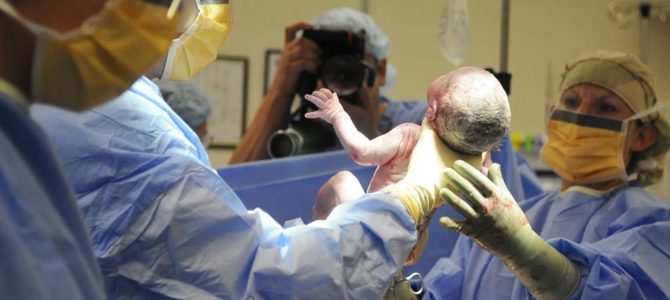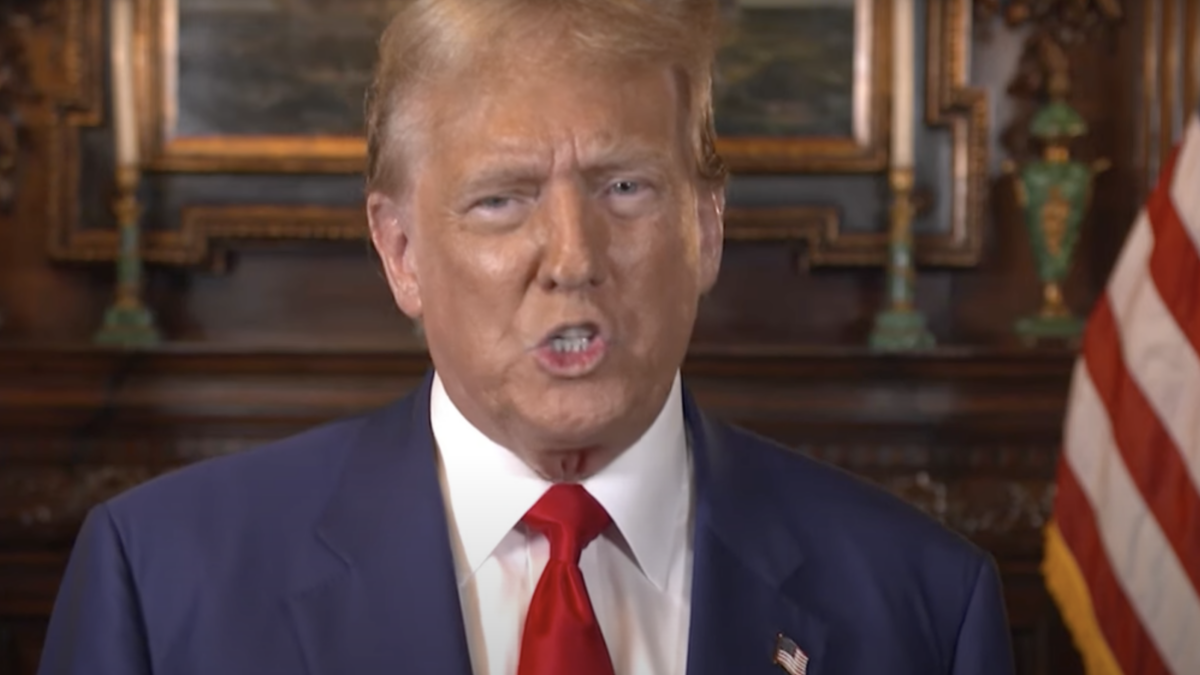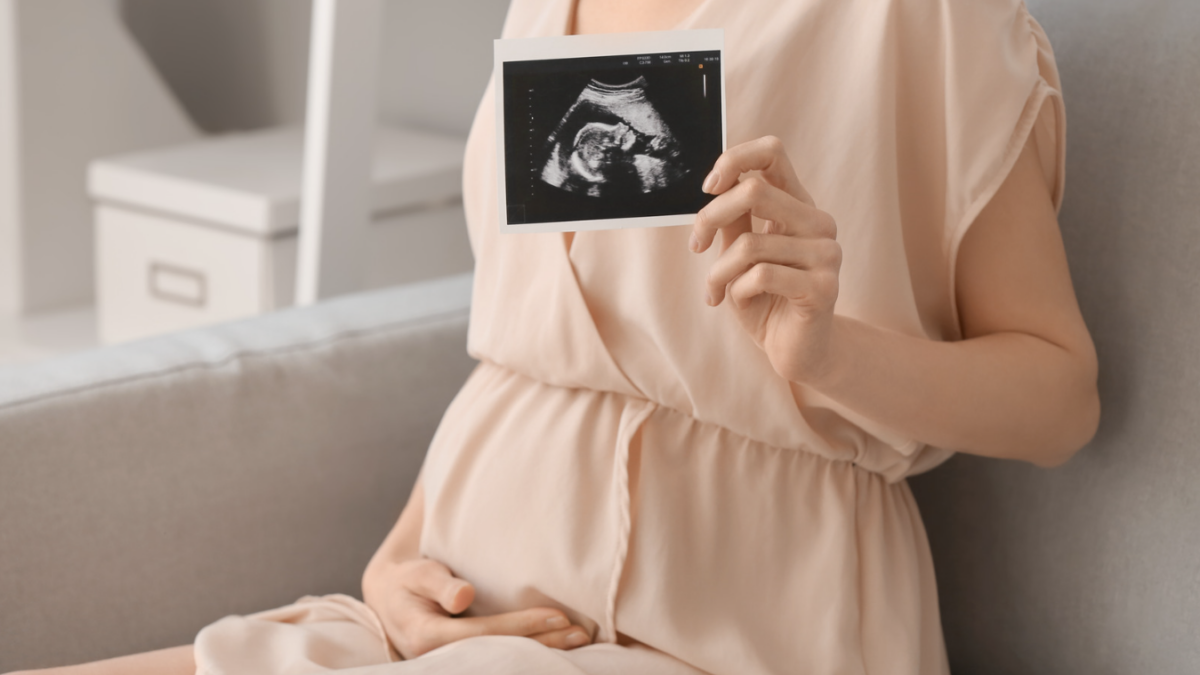
Pro-lifers know that making abortion unthinkable and unavailable in our lifetime largely hinges on our ability to divert taxpayer funding away from the abortion industry and into a system designed to rescue children and care for their mothers and families.
Our tendency is to turn to Congress to make this goal a reality. But even under bicameral Republican control, Congress failed to compose a federal budget that would mitigate abortion industry funding and begin funding a system of care for the abortion industry’s would-be clients.
But on funding and defunding, Congress is not a one-man play. In fact, the U.S. Department of Health and Human Services (HHS) is arguably just as crucial to the goal of supplanting the abortion industry, and they could make a lot of headway despite Congress’ impotence.
What Is HHS?
HHS is a U.S. department that is part of the executive branch of government. HHS oversees a vast number of government initiatives, including those related to public health, medicine, and social services.
HHS controls agencies such as the Centers for Disease Control (CDC), Medicaid and Medicare, the Food and Drug Administration (FDA), the National Institutes of Health (NIH), the Office of Civil Rights (OCR), The Administration for Children and Families (ACF), and many more. Programs like Obamacare, Temporary Assistance for Needy Families (TANF), and federal mental health resources fall under the control of these agencies.
With tens of thousands of employees and a massive budget, HHS is one of the largest departments of the federal government. As part of the executive branch, HHS’s directors and initiatives are largely influenced by the presidential administration in power and the current needs and concerns of the American people. At present, HHS is under the most pro-life administration in modern history.
HHS Under Donald Trump
Under President Trump, HHS has branded itself as a pro-life department. Early in the Trump administration, HHS released its 2018-2022 Strategic Plan, which states, “A core component of the HHS mission is the dedication to serve all Americans from conception to natural death.” The plan goes on to state that “all human life is valuable and that the human subjects protection regulations [for scientific research] apply to all human beings from conception to natural death.”
On the campaign trail, President Trump earned the votes of many pro-lifers by presenting a clear, solid pro-life agenda. This agenda promised four things: First, Trump promised to nominate pro-life Supreme Court justices. Second, he promised to sign the Pain-Capable Unborn Child Protection Act into law. Third, he promised to defund Planned Parenthood as long as they continue to commit abortions, and to reallocate their funding to women’s health centers. Finally, he promised to make the Hyde Amendment permanent law.
Internationally, President Trump has dramatically cut funding to the abortion industry. Domestically, his administration has written sound pro-life policies, but must actively forward these policies to effect tangible, life-saving action.
What Can HHS Do to Reduce Abortions?
Many Americans are not aware of the role HHS could play in accomplishing President Trump’s pro-life agenda. President Trump filled the department with pro-life appointees to carry out his agenda in HHS’s capacity as part of the executive branch. As the entity that controls the portions of the federal budget allocated to the abortion industry and to serving pregnant women, HHS plays a key role in deciding where hundreds of millions of taxpayer dollars are sent each year.
Congress has clearly shown that it is unwilling to defund the abortion industry or enact the legislative changes that would rescue children from abortion. In the absence of legislative action, here is what HHS could do through its executive authority.
HHS can use existing programs to serve women and children. For example, the Teen Pregnancy Prevention Program and the Pregnancy Assistance Fund are programs under HHS whose budgets can be allocated to pro-life resources. The Pregnancy Assistance Fund, for example, is not currently being used to assist pregnant women who need resources to be empowered to reject abortion. HHS has the power to use these programs and budgets to serve women who are targeted by the abortion industry.
HHS also has tremendous abilities to educate the public on threats to public health and wellbeing, and it does so for prioritized issues. For crises like the opioid epidemic and HIV prevention, HHS produces and widely disseminates public service announcements, educational materials, counseling services, and resource centers.
Abortion, responsible for one in three American deaths, is the leading cause of death in the United States, claiming the lives of approximately 1 million children per year. HHS has the power to intervene in the crisis by educating the public about fetal development, life-affirming resources, and the destructive effects abortion is known to impose on women and communities.
Finally, HHS has the power to enforce the law within its own agencies. For example, prima facie evidence of wrongdoing by Planned Parenthood and a number of tissue procurement agencies was collected by David Daleiden and the Center for Medical Progress (CMP) and compiled into the Human Capital project and released in 2015.
In response to these findings, Congress convened a panel of Energy and Commerce Committee members in the House. The panel obtained further documents and testimonies from the abortion industry players in question, which resulted in the referral of Planned Parenthood and other abortion industry allies to the Department of Justice (DOJ) for criminal prosecution.
Because of the evidence CMP collected, HHS’s National Institutes of Health (NIH) was held to account by pro-lifers, and HHS Secretary Alex Azar was persuaded to cancel a fetal body parts procurement contract with Advanced Bioscience Resources, Inc., or ABR, a nefarious Planned Parenthood partner. The NIH contract with ABR was signed during the Trump administration—and Trump’s NIH continues to spend more than $100 million a year on research of this nature above and beyond the now-terminated ABR contract.
Pro-life advocates often view congressional action as the most effective tool for achieving pro-life change. Yet we should not underestimate the power wielded by the executive branch to make significant strides toward justice for the pregnant women and preborn children targeted by the abortion industry.









